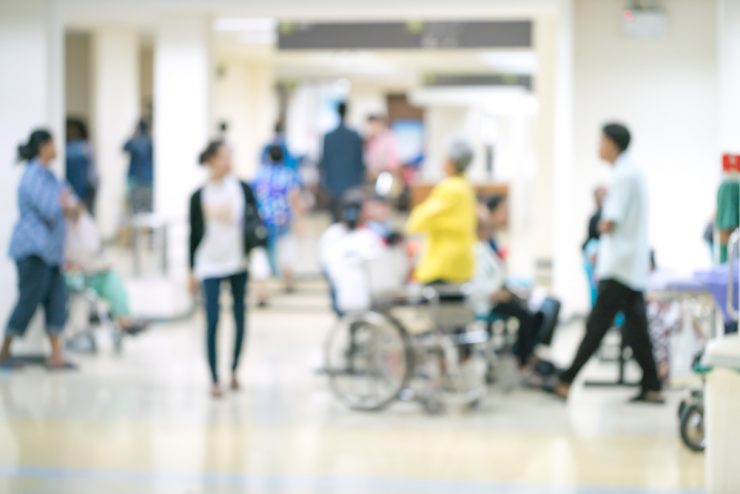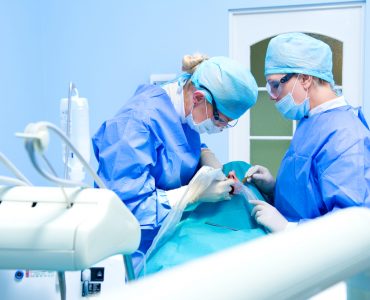Generally, back pain is not a serious one, but is uncomfortable. Many suffer with back pain in their ages between 35 and 55. The major cause is attributable to bones, muscles and ligaments. The backbone comprises 24 small bones. This bone supports body weight and its canal protects the spinal cord. In between the vertebra, small discs are there to absorb shocks. The ligaments bind the vertebra and these discs. The backbone structure also includes the nerves and muscles, besides the spinal cord. Lumbar region is the lower part of the backbone. It bears the exertion of body weight largely. The bending, lifting and twisting activities put much pressure over this portion of backbone.
What is a lower back pain?
Lumbago means lower back pain. Around 70 percent of people have this complaint at one or other stage of their life. This pain occurs in the region between the bottom of the ribs and the top of the legs. This pain may creep in gradually or it can occur suddenly too. This may occur due to fall injury. Even a slightest damage in the lumbar region could result in much discomfort and severe pain. In the absence of any injury, the low back pain could be due to stress or damage to nerves or muscles, and some times ligaments. The pain could spread to thighs too. If the pain is persistent, you should seek medical advice for timely treatment.
What are the causes of back pain?
Usually the back pain occurs due to sprains or mild injuries or due to irritated nerves in the lumbar region. However, the causes could include overstretching, remaining in an uncomfortable posture for a long time, lifting weights by bending, tension of muscles and activities or postures which are not ergonomic. Besides the above, pregnant women may have back pain. Arthritis could yet be another reason. Obesity and lack of exercise cause back pain. Certain sleeping postures also can cause back pain.
When back pain could be serious
If the intervertebral disc bulges of due to rupture, it causes severe back pain. The slipped disc presses the nervous root, resulting in severe pain. In these cases, usually the lower back has pain, but it may spread to buttocks and thighs. The discs dry out due to aging, and this will cause severe back pain. However, rarely it could be congenital. Certain bone diseases or cancer that has spread to the spinal cord can cause havoc. All the above are of serious nature and require immediate medical attention.
What are the symptoms of back pain?
The symptom is pain between the bottom of the ribs and the top of the legs at the back portion of the body. In most cases, this will not be persistent. However, the following symptoms warrant immediate medical attention. They are, fever, loss of weight, swelling, persistent back pain, pain radiating up to the upper region down to the extremities, injury on back, problems related to urinary tract and numbness in the pelvic region.
What is the diagnostic procedure for back pain?
The doctor asks about symptoms and carries out physical examination. The mild back pains usually do not have any signs. If the pain persists for over six weeks, or if an injury is the cause of the back pain, the doctor orders x-ray, CT scan or MRI scan.
How to manage back pain
Acute back pains can be overcome with painkillers, muscle relaxants and exercises. Treating chronic pains involve a combination of the above techniques and medicines. Doctors resort to surgical treatments in case other treatments are not curative, if there is ruptured hernia, or if the disease is very aggressive. Many updated therapies are available that are usable depending upon the severity of the problem.











